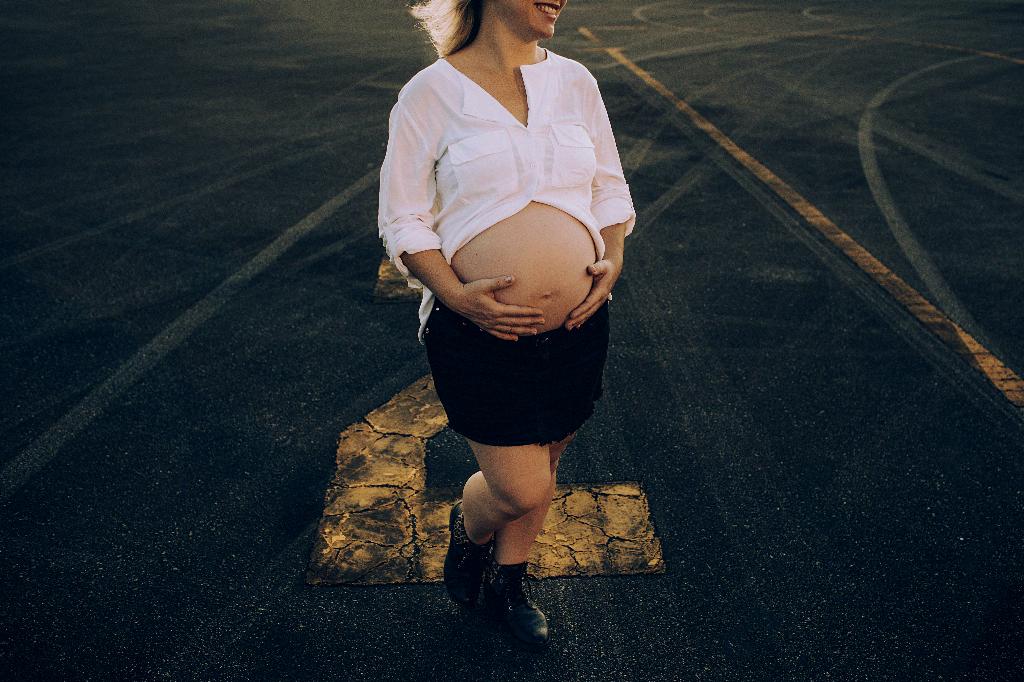Many individuals may find themselves questioning whether it is safe for a pregnant woman to be around a cancer patient, particularly one undergoing chemotherapy. This concern is valid, as pregnant women need to be cautious around certain substances that could potentially harm the baby. However, when it comes to cancer patients undergoing treatment, such as chemotherapy, the risk to a pregnant woman is minimal. It is essential to understand the facts and weigh the risks appropriately.
Chemotherapy and Pregnancy
Chemotherapy drugs are powerful medications designed to target and destroy cancer cells. While these drugs are potent in their treatment effects, they are also carefully administered to minimize risks to others. When a cancer patient undergoes chemotherapy, the drugs are metabolized and excreted from the body through various pathways, including urine, feces, and sweat. Despite this process, there is very little risk of direct exposure for pregnant women who come into contact with the patient.
Minimal Risk to Pregnant Women
Research and medical guidelines indicate that the risk to pregnant women being around cancer patients, including those receiving chemotherapy, is minimal. The typical scenarios that may pose a risk, such as direct contact with bodily fluids containing chemotherapy drugs, are highly unlikely in casual or household settings. Additionally, the limited excretion of chemotherapy drugs through sweat or skin contact further reduces the chances of exposure for pregnant women.
Visitor Precautions and Safety Measures
While the risk to pregnant women around cancer patients is low, taking precautions and safety measures is always advisable. Cancer patients and their families can ensure a safe environment by following simple guidelines, such as proper disposal of any waste materials contaminated with chemotherapy agents and maintaining good hygiene practices. These measures not only protect pregnant women but also promote overall safety and well-being for everyone involved.
Communication and Transparency
Open communication between the cancer patient, their healthcare team, and any pregnant individuals is crucial for addressing any concerns or specific considerations. Transparency about the treatment plan, potential risks, and necessary precautions can help alleviate anxieties and ensure that everyone involved is well-informed and prepared. Discussing the situation openly and honestly can lead to a collaborative effort in maintaining a safe environment.
Consultation with Healthcare Providers
When in doubt or if uncertainty persists, seeking advice from healthcare providers, including the oncologist managing the cancer treatment and the obstetrician overseeing the pregnancy, is highly recommended. These professionals can offer tailored guidance and insights based on the individual circumstances and medical history involved. Consulting with experts can provide additional reassurance and clarity on any potential risks.
Supportive Environment for Everyone
Creating a supportive and understanding environment for the cancer patient, their loved ones, and any pregnant women involved is essential for promoting well-being and peace of mind. Emphasizing compassion, empathy, and shared responsibility in maintaining a safe space can foster a sense of unity and care among all individuals. By working together and supporting one another, everyone can navigate the situation with confidence and unity.

